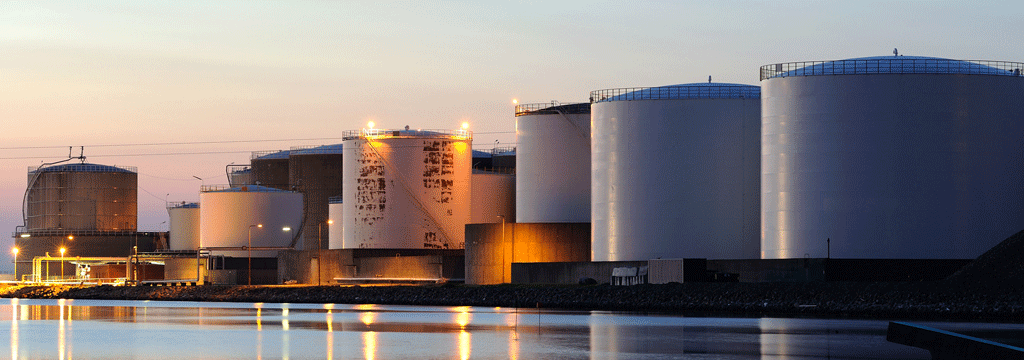Sixty percent (60%) of the worlds offshore fleet have passed their theoretical design age of 20 years. With economic pressure, the rigs are being kept in operation for a prolonged period beyond their design life. Several other rigs are also approaching their 20-years design life. With aging of the rigs, there is a need to manage material deterioration, i.e. fatigue cracking and corrosion, and to demonstrate to the rig owners and stakeholders the ongoing integrity and safety of those aging rigs.
However, recent inspection experiences have revealed a few rigs with severe corrosion, general lack of reporting and poor maintenance attributed to their greater deterioration than expected or due to the asset operating for longer than expected.
A Corrosion Management system is considered as one of the indispensable elements of a successful Asset Integrity Management System. Hence, it is imperative to ensure that a corrosion management system is in place, adequately integrated and operationalised.
WHAT IS Corrosion Management?
Corrosion Management System (CMS) is the documented set of processes and procedures required for planning, executing, and continually improving the ability of an organization to manage the threat of corrosion for existing and future assets and asset systems.
WHAT TYPES OF FACILITIES REQUIRE A CORROSION MANAGEMENT SYSTEM?
Most industrial facilities are subject to corrosion degradation. The severity and mechanism of corrosion degradation may vary from one industry to another depending on the process and/or environmental conditions of the facility. In such cases, the establishment of a corrosion management system is an inevitable requirement to preserve the integrity and operability of the facility throughout its design life. Some of these facility types are oil and gas processing, refinery, petrochemicals, oil and gas downstream facilities, transportation infrastructure, renewable energy and other heavy industries.




